The mayor who tried to clamp down on tourists is calling for a nationwide solution
One Sunday morning in 2014, the new mayor of Florence, Dario Nardella, was strolling along the Via dei Calzaiuoli in the heart of the historical centre when he had a horrific realisation.
“I could barely make my way through the suffocating human wall made only of tourists; there wasn’t one single Florentine face among them I could recognise,” he said
It was the first in a series of “traumatic” episodes that convinced the politician he should use his mandate to save the Renaissance city from the ravages of overtourism. And he would have to be bold to do it.
“Florence is a Unesco universal heritage site that belongs to the entire humanity, not just to Florentines or Italians. Therefore in order to preserve it, all visitors who flock here from across the world must do their part in keeping it clean and tidy,” Nardella tells The i Paper.
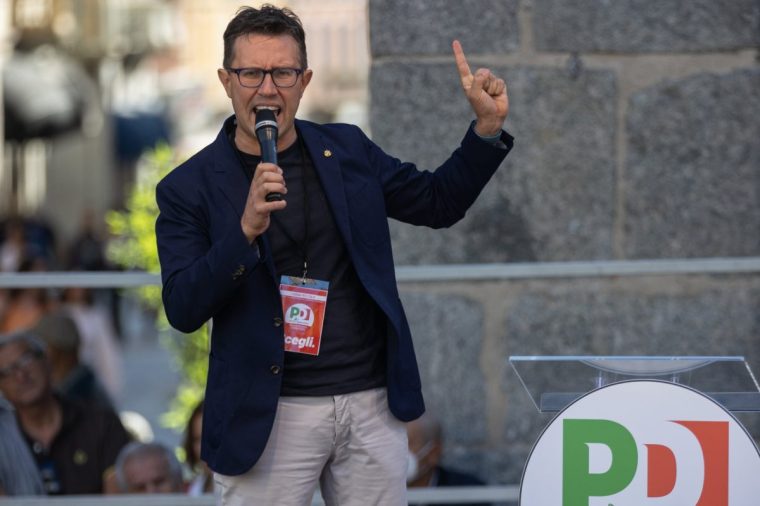 Nardella stepped down as mayor of Florence this year after a decade in the role (Photo: Emanuele Cremaschi/Getty)
Nardella stepped down as mayor of Florence this year after a decade in the role (Photo: Emanuele Cremaschi/Getty)
The 49-year-old served as mayor of the city for a decade, from May 2014 to June 2024, where he personally took it upon himself to safeguard the city’s treasures from being obliterated through thoughtless tourism and development.
Nardella was not born a Florentine, but migrated from Naples with his family at age 13. He said he was “adopted” by the city and immediately felt at home, and fell in love with the beauty.
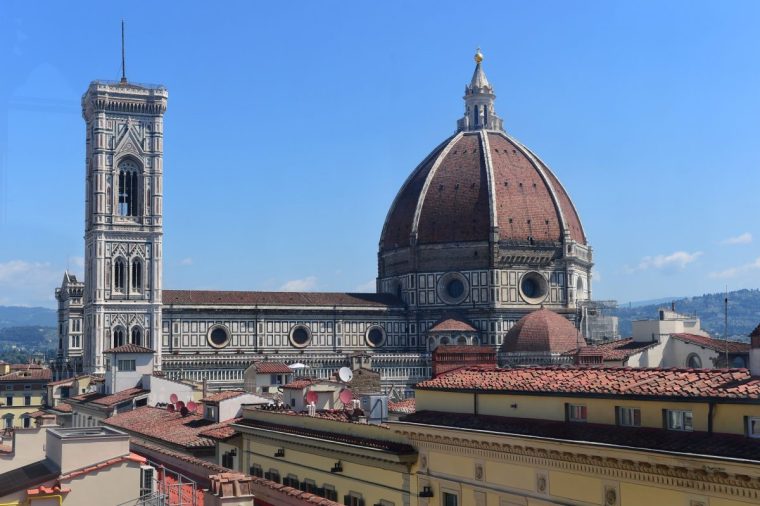 The famous duomo of Florence, with the 15th-century dome by Filippo Brunelleschi and bell tower by Giotto (Photo: Roberto Serra/Iguana Press/Getty)
The famous duomo of Florence, with the 15th-century dome by Filippo Brunelleschi and bell tower by Giotto (Photo: Roberto Serra/Iguana Press/Getty)
Now a member of the European Parliament, Nardella recalled how he quickly realised that overtourism was a serious issue and introduced strict laws aimed at safeguarding the Unesco-listed historical centre.
In one high-profile incident in 2023 he physically intervened to stop a group of climate activists spraying red paint on Palazzo Vecchio, the famous castellated town hall in the centre of Florence.
“I just felt an impulse and literally jumped at them, screaming, and pushed them away from the wall which had already been smeared. I started cleaning the Palazzo façade with my bare hands,” he said.
Video of the incident showing him visibly distressed went viral, with many across Europe praising his actions. That same year, a group of German tourists on holiday in Florence smeared the columns of the Vasari Corridor of the Uffizi Gallery with writings in black paint.
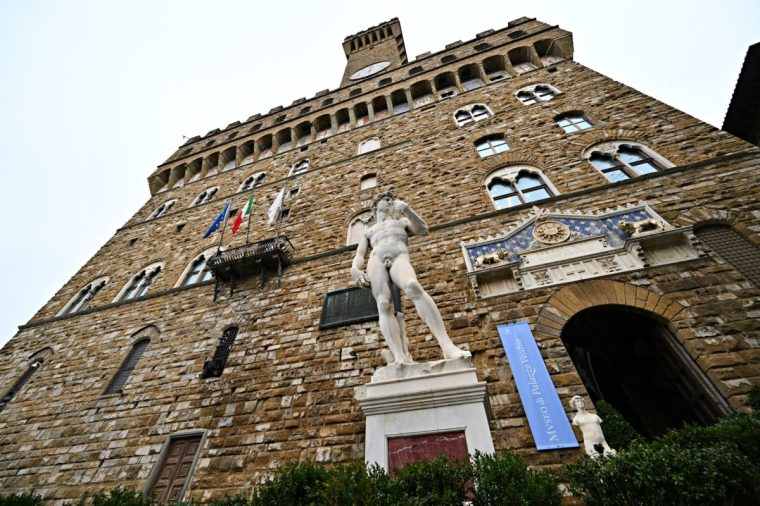 A replica of Michelangelo’s statue of David in front of the Palazzo Vecchio in the Piazza della Signoria, in the centre of Florence (Photo: Andreas Solaro/AFP/Getty)
A replica of Michelangelo’s statue of David in front of the Palazzo Vecchio in the Piazza della Signoria, in the centre of Florence (Photo: Andreas Solaro/AFP/Getty)
“I woke up that morning to find this horrible scar on one of Florence’s iconic landmarks. It was so painful,” he said.
During Nardella’s tenure he introduced a series of bans and regulations to limit numbers of visitors, making Florence the first Italian city to crack down on overtourism.
In 2015 he proudly recalls passing a decree to use water to deter tourists sitting, drinking and nibbling food on the marble staircases of the churches of Santa Croce and Santo Spirito.
“It was simply disgusting watching them munch on chips then leave everything on the ground. I couldn’t stand it.”
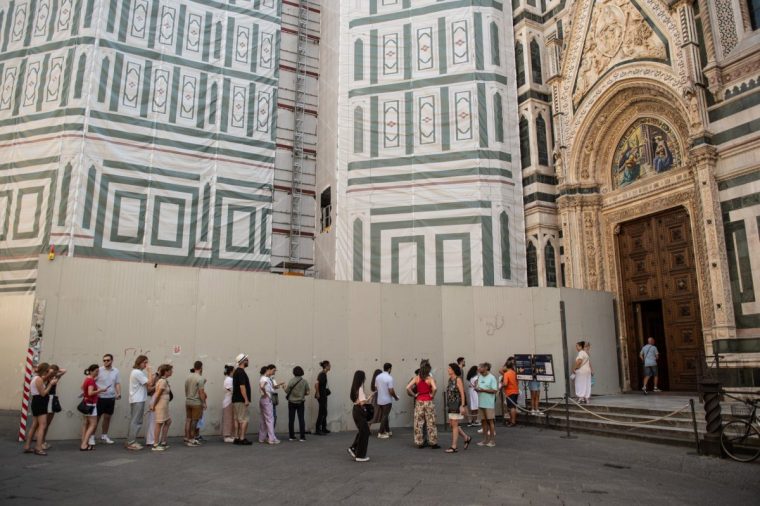 Tourists queuing to visit the Duomo of Santa Maria del Fiore in Florence (Photo: Ivan Romano/Getty Images)
Tourists queuing to visit the Duomo of Santa Maria del Fiore in Florence (Photo: Ivan Romano/Getty Images)
In the following years Nardelli rejected a plan by McDonald’s to open an outlet on the Piazza del Duomo and banned all chip vendors from crowding the iconic Ponte Vecchio over the Arno River.
He also approved a regulation which meant open-air markets had to sell only local artisan products.
“I did not want Ponte Vecchio to become like Ponte di Rialto in Venice, crammed with tourist shops selling T-shirts and magnets, made-in-China stuff and other low-quality non-indigenous products. It would have destroyed the soul of my city.”
In 2023 he started regulating short-term holiday rentals in the city to free up housing for locals.
“It is our responsibility to protect the cultural and architectural identity of the old district. I waged battle against landlords who exploited these rentals, damaging Florence,” he said.
He believes that many Airbnbs, hidden beneath buildings, are demeaning and mar the global image of Florence.
Nardella, who heads the lobby uniting European mayors, had hoped that Covid-19 and social distancing would have dampened the risk of overtourism.
“Instead it just worsened things – once the pandemic ended, people got in a travel frenzy and it was wild everywhere,” he said.
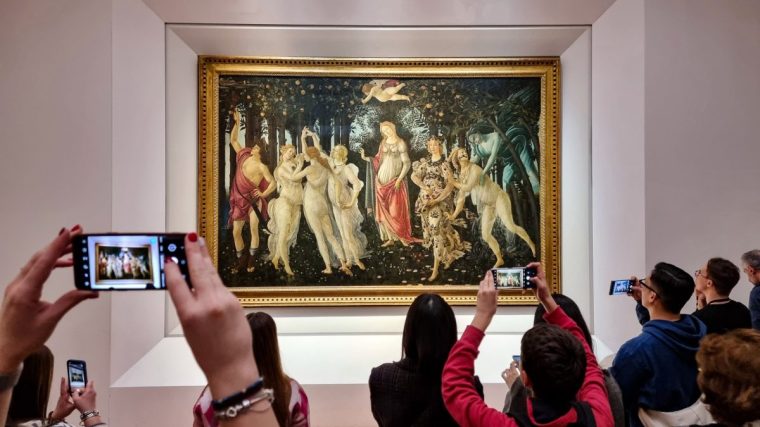 Visitors view and photograph the painting Primavera (Spring) by the 15th-century Italian Renaissance artist Sandro Botticelli at the Uffizi Gallery in Florence (Photo: David Silverman/Getty)
Visitors view and photograph the painting Primavera (Spring) by the 15th-century Italian Renaissance artist Sandro Botticelli at the Uffizi Gallery in Florence (Photo: David Silverman/Getty)
While he was mayor, Nardella even considered introducing an entry fee for tourists to cap numbers, as has been done in Venice, but was forced to drop it.
“It would be unfeasible. It’s impossible to physically track incoming visitors. Florence has over 100 streets, one would need to place cops at each single entry every day for 24 hours”.
Before his term ended, Nardella laid out plans for a Florence digital pass for mobile phones, which is pending approval by the city’s new mayor. When tourists step into the old district a pop-up alert would appear on their smartphones.
The goal is threefold – to track the flow of visitors, provide free Wi-Fi, and give visitors the opportunity to make a one euro donation to support the centre’s preservation.
“I don’t think people realise how many millions of euros are spent each year to safeguard the Unesco-listed old district,” he said.
Nardella believes that combating overtourism requires a nationwide plan and set of regulations.
Spreading the “Florence model” across Europe could benefit the entire continent, he believes.
He added: “When tourists visit Florence they must show respect. What makes our city grand and beautiful are the works of Florentine artists. Without them there would be no Western culture, no Renaissance.”
